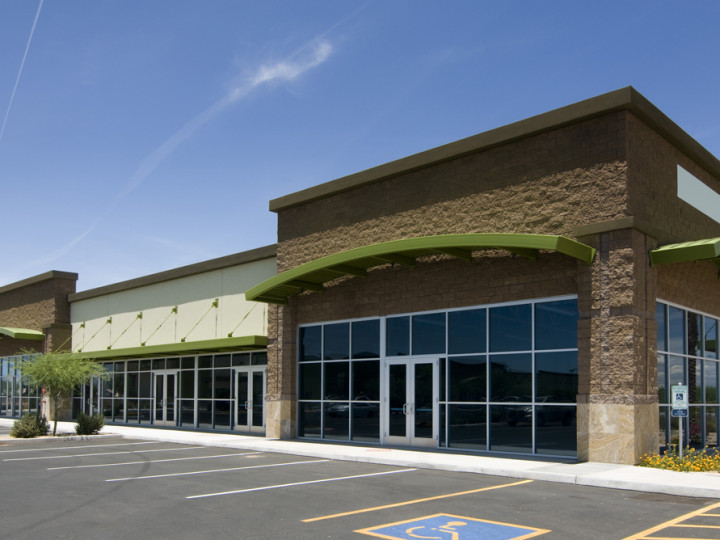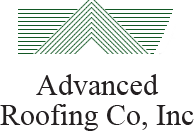Request A FREE ESTIMATE
Call Today (203) 762-1002
Cracked or Blistered Commercial Roof Surface
Make sure to check for any cracking, bubbles or blisters on the surface of your commercial roof; this could very well be a sign of moisture becoming trapped, which can lead to leaking. Blistering occurs when pockets of air or moisture get trapped between the roof membrane and deck or in between actual layers of the roof membrane itself. You should never ignore this because the blisters will get worse and cause more serious problems in the future.

Damaged Flat Roof Flashing
Always inspect the metal strips that run along the edges of your roof. Their purpose is to secure your roofing materials and prevent water or any other debris from compromising your system. Check to see if your flashing is bent, rusting or otherwise damaged. If your roof flashing is not sealed well, there is a good chance that water can make it's way into your commercial roof system. By taking care of this problem as soon as possible, you can help to prevent or keep water damage to a bare minimum.
Commercial Roof Leaks
Its always a good time to scan your commercial roof for "ponding" or standing water on your roof's surface. Its somewhat normal to have a little standing water after getting a rain storm, but always be sure to check that the water has drained or evaporated within 2-3 days. If it does not drain, the standing water may lead to major leaks and inflict premature aging of your commercial roof.
Interior Water Stains
Many times, you can see signs of damage issues on the inside of your commercial or industrial building. If you start to see a water stain on any of your ceilings or the walls of an upper floor, it is definately time to have a professional inspect your roofing system.
Mold/Smelling Odors
Another warning sign that you may notice is spotting mold growth or noticing foul odors. This may be cause from water breaking into your roofing system, or even the exterior of your building. Make sure to have a professional roofing contractor look for any suspected roof damaged areas.

